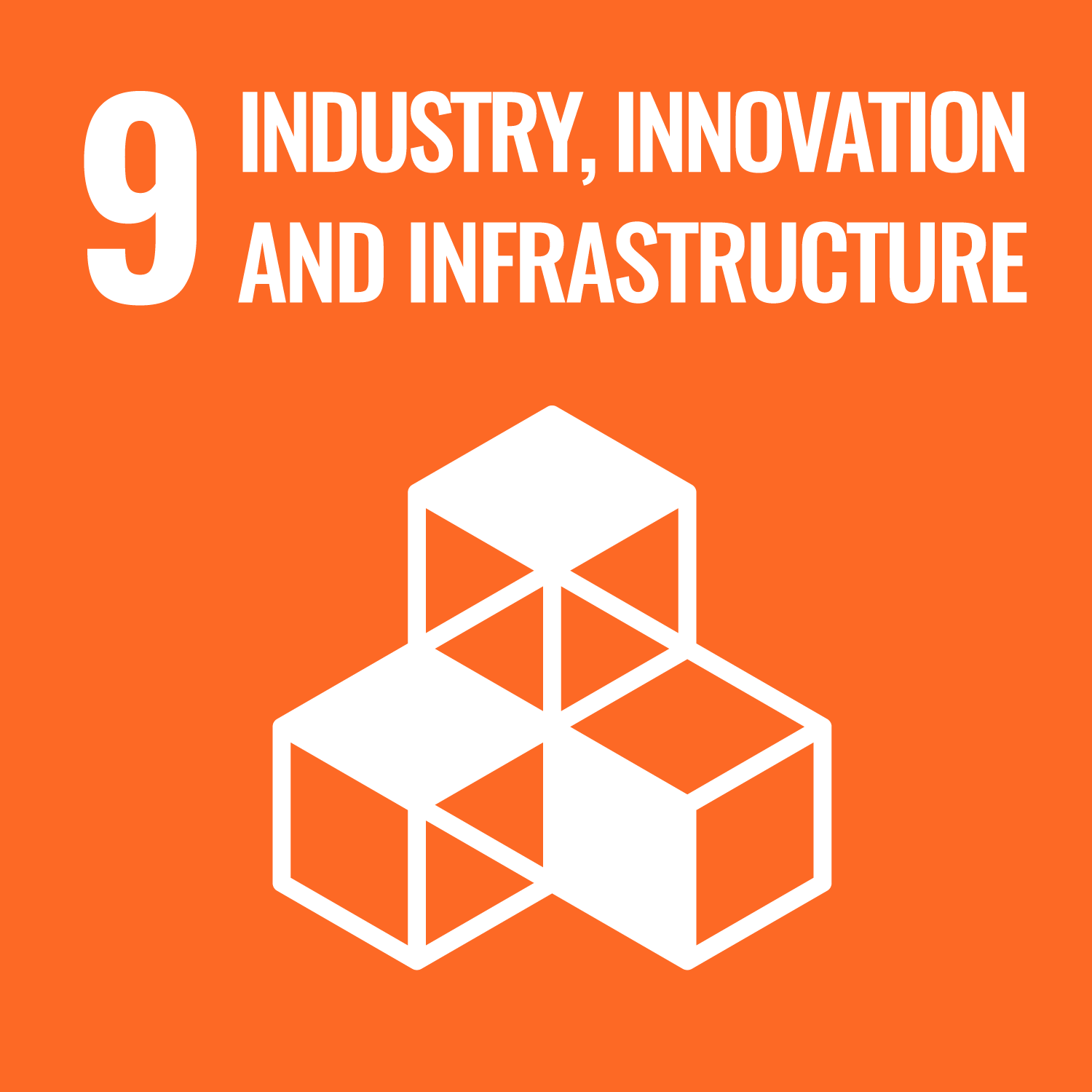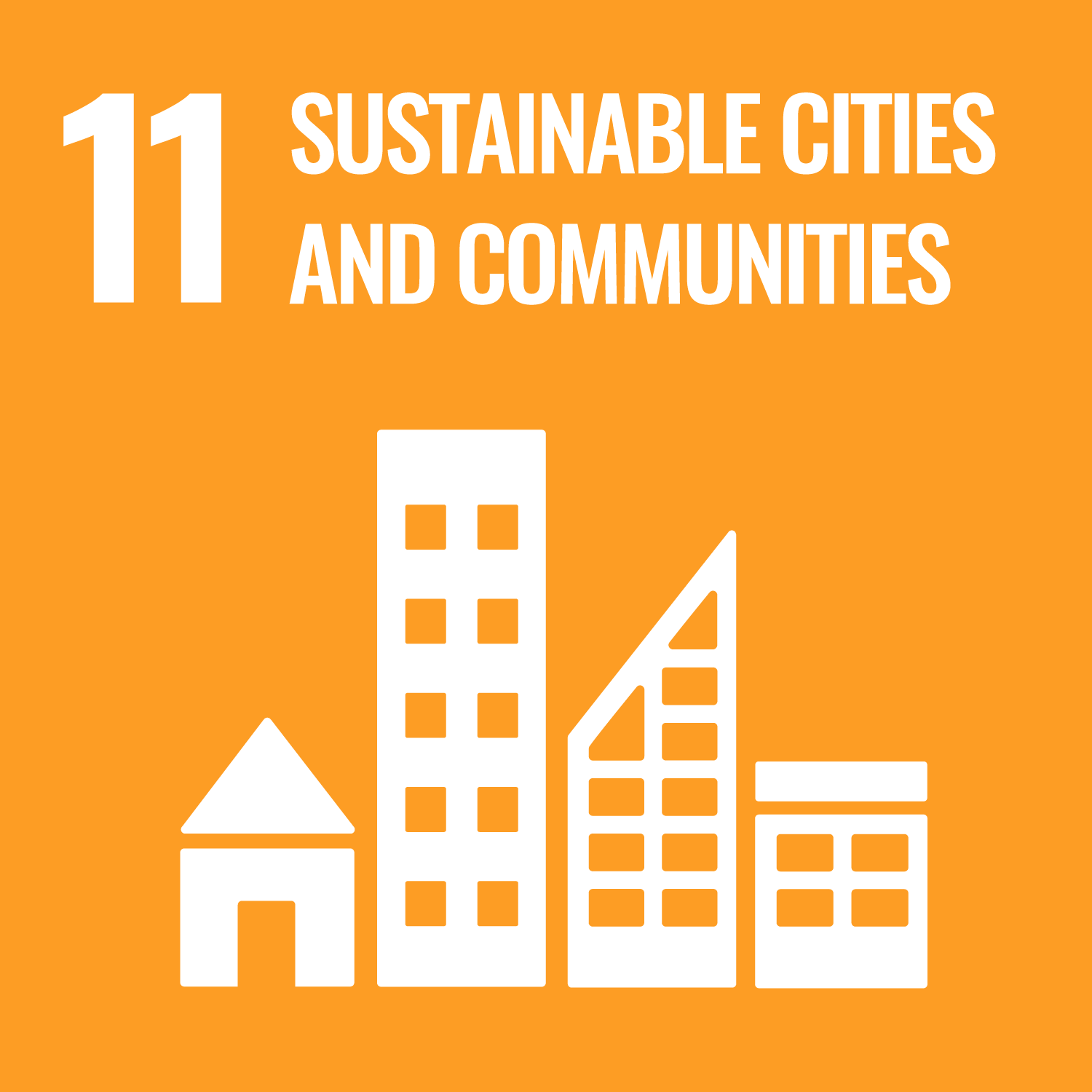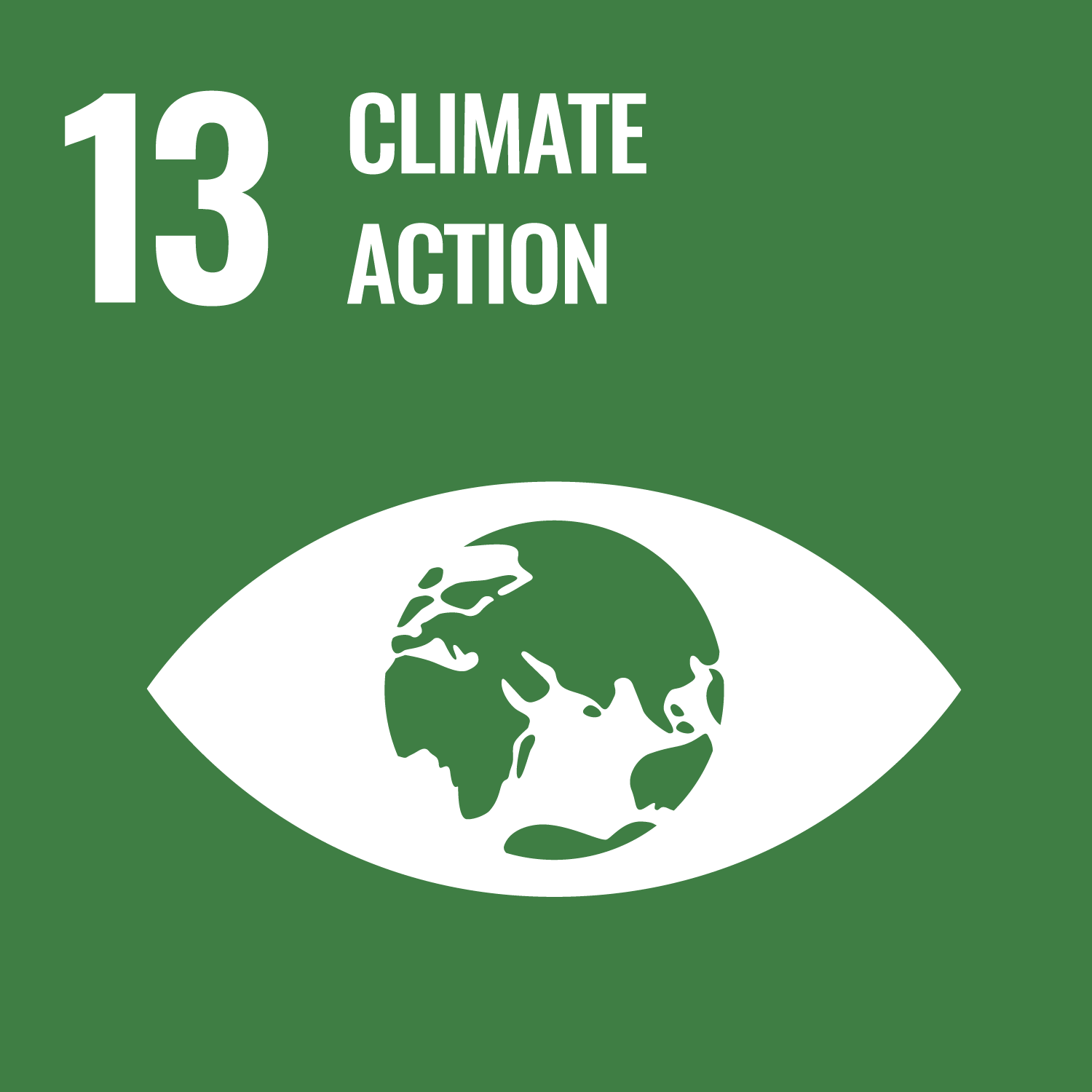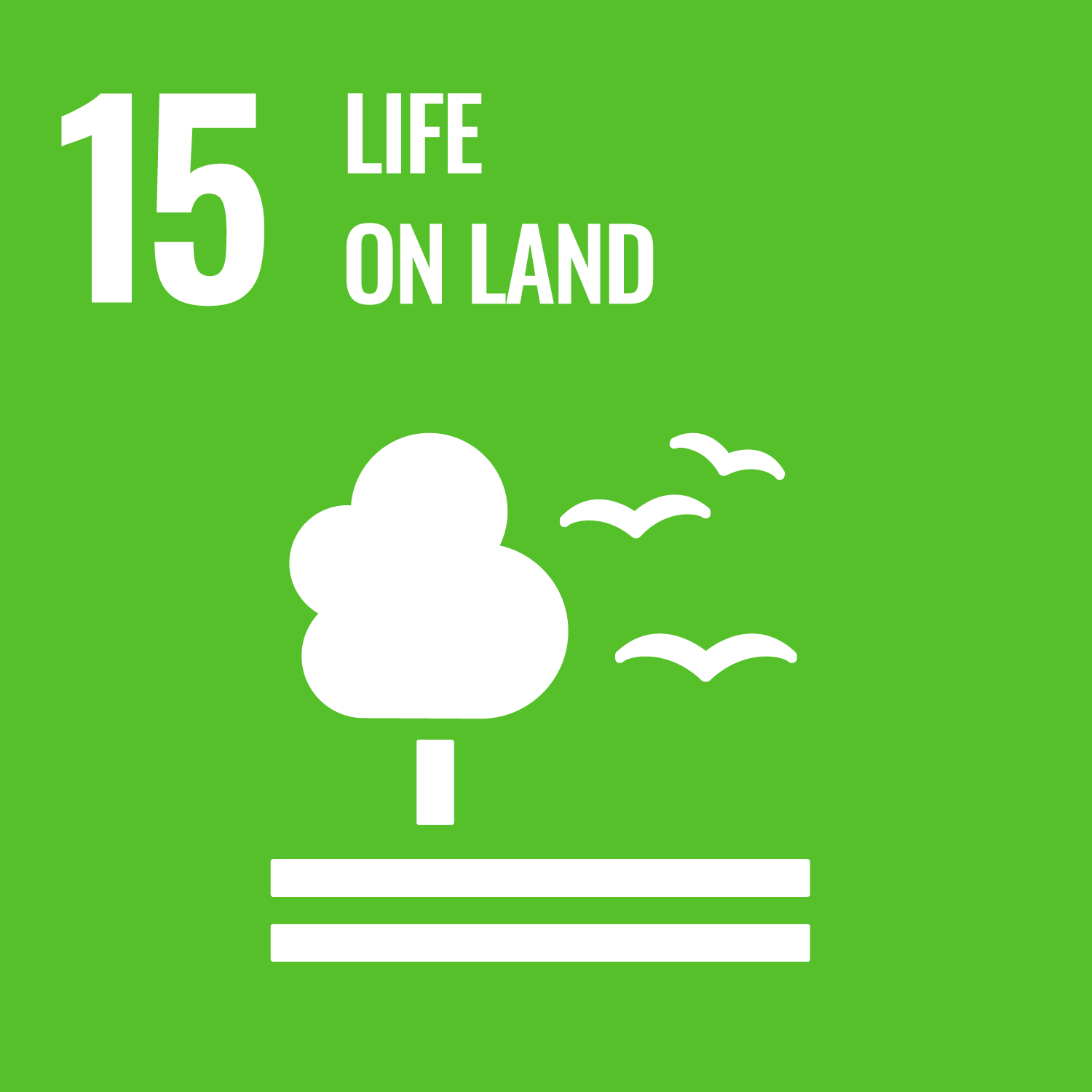- Home
- Protection of terrestrial habitats using space-based tools. Prevention of extreme Space Weather conditions
Research
Protection of terrestrial habitats using space-based tools. Prevention of extreme Space Weather conditions
Geomagnetic storms

Modern society has become increasingly dependent on reliable technologies in the fields of communication, navigation, and power grid systems, all of which can be vulnerable to energetic solar events.
Recent U.S. government research on the economic impact of another severe geomagnetic storm—similar to the “super storm” of 1859—shows potential costs to the nation’s technological infrastructure (power grids, satellites, GNSS receivers, etc.) of $15-20 trillion USD. Even smaller events can cause enormous damage, such as the loss of about 40 Starlink satellites due to a relatively minor solar event on February 3, 2022.
For these reasons, Space Weather (SWE) and solar physics are key priorities in the roadmaps of the European Union and ESA. The study of solar activity, solar wind, and its interaction with the magnetosphere, ionosphere, thermosphere, and Earth’s atmosphere is primarily carried out using space-based infrastructure.
The main objectives are to understand solar phenomena and the transport of energetic solar wind events to Earth, to develop detailed models of these phenomena, to enable timely forecasting, and thus to implement strategies to mitigate the effects of solar phenomena on terrestrial infrastructure.
Priority scientific activities in this field include:
- The study of satellite architectures, techniques, and innovative methods aimed at spatially and temporally resolved monitoring of SWE events;
- Analysis and modeling of events that enable both preventive and real-time mitigation;
- Design of a network capable of efficiently connecting and coordinating the scientific segment (analysis and modeling) with the operational segment (observations, monitoring, and interventions).
Italian research groups, particularly from the Friuli Venezia Giulia region (INAF-OATs), are active in all these areas.
IMPACTS FROM ASTEROIDS
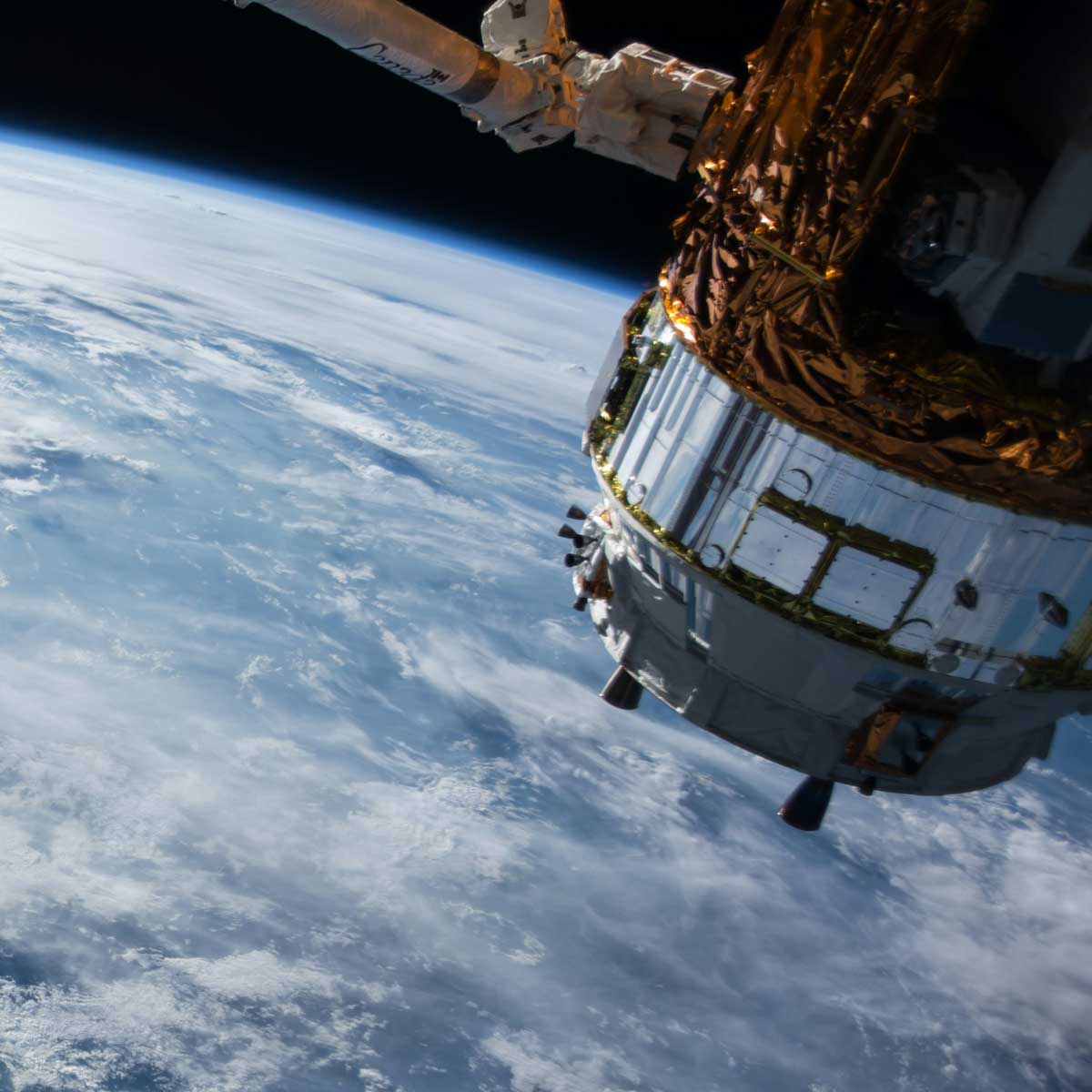
Another important research topic to which the Working Group aims to contribute, in the spirit of Planet sustainability, is asteroid impact prevention.
The possibility of an asteroid impact on our planet is certainly not new. The Chelyabinsk meteor, which fell in Russia in 2013 with an energy release equivalent to 30 times the Hiroshima atomic bomb, reminded us all too well. In 1994, the impact of the Shoemaker-Levy 9 comet (2 kilometers in size) on Jupiter created a crater so large it was clearly visible from Earth.
Defense against asteroid impacts on Earth includes three main points:
- Identification of potentially hazardous asteroids;
- Tracking and risk calculation of impact on Earth;
- Response to any potential threat.
The first two points are covered by Space Situational Awareness programs by ESA, NASA, etc. Research activity on the third point is rapidly increasing.
On November 24, 2021, NASA launched the DART probe, for the first asteroid impact experiment to study the ability to deflect its orbit. ESA is also preparing the HERA probe, to be launched in 2026, which will reach the asteroid hit by DART and study the effects of the impact.
Interdisciplinary collaborations have been activated within the Working Group and with other TLQS Groups. Earth Observation is essential to identify and monitor key parameters across all TLQS topics.
Earth Observation data must be combined with in situ environmental measurements to build a digital twin of the Earth, using complex models, high-performance computing, and artificial intelligence. This planetary replica will provide an accurate representation of Earth’s past, present, and future changes, enabling “what if” simulations to support decision-making.
